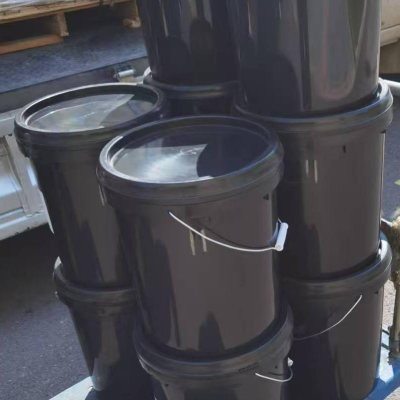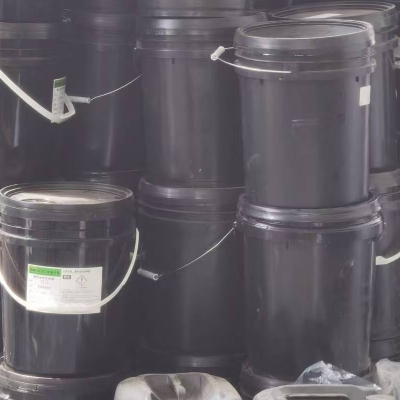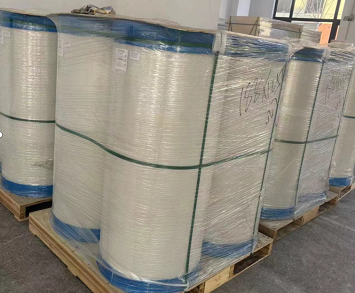What are the future development trends and production processes for PET pre-coated films?
The PET pre-coated film market is poised for expansion in scale, enhanced product performance, and increased environmental sustainability, with specific trends as follows:
• Market Growth: Driven by global economic recovery and industry development, demand for PET pre-coated films continues to rise. Particularly with expanding applications in packaging, electronics, and other sectors, China's market is projected to maintain a compound annual growth rate exceeding 7%, with potential for doubling by 2030.
• Continuous Performance Optimization: To meet diverse sector requirements, PET pre-coated films will evolve toward higher performance. In electronics, they will become thinner, lighter, and more resilient. Optical-grade films will prioritize enhanced light transmittance and reduced haze. Films for new energy applications will trend toward thinner, higher-porosity designs to boost lithium-ion battery energy density and cycle life.
• Enhanced Functional Diversity: Future PET pre-coated films will emphasize functional development, incorporating properties like barrier protection, antimicrobial properties, and anti-counterfeiting features to meet stringent packaging material requirements in sectors such as food and pharmaceutical packaging.
• Heightened Environmental Standards: With growing environmental awareness and stricter regulations, PET pre-coated films will strengthen integration with recyclable materials and circular economy principles. Developing biodegradable PET pre-coated film materials and adopting green production processes will become key trends.
• Smart Manufacturing: Intelligent production technologies will become widespread in PET pre-coated film manufacturing, boosting production line efficiency by over 20% and reducing unit costs by approximately 8%, thereby enhancing corporate competitiveness.
• Expanded Application Areas: Driven by technological advancements, PET pre-coated films will explore integration with sensors and wireless communication technologies. Applications will extend to smart packaging and smart buildings, delivering more intelligent and eco-friendly solutions across industries.
The production process for PET pre-coated films centers on the core steps of “substrate treatment - adhesive coating - lamination - slitting.” Precise control of parameters at each stage is essential to ensure product quality. The specific steps are as follows:
1. Substrate Preparation and Pretreatment
• Substrate Selection: The core substrate is PET film (typically 12-50μm thick), with transparent, matte, or functional PET films chosen based on requirements. Concurrently, prepare hot melt adhesives (e.g., EVA, POE-based) as laminating layer materials.
• Substrate Pre-treatment: Activate the PET film surface through corona treatment or plasma treatment to increase surface tension (typically requiring 38-42 dyne). This enhances adhesion with the adhesive layer and prevents delamination after lamination.
2. Hot-Melt Adhesive Preparation and Coating
• Adhesive Melting: Feed solid hot-melt adhesive pellets into an extruder. Melt and stir at 150-180°C to form a uniform adhesive melt. Simultaneously filter impurities through a mesh screen to ensure adhesive purity.
• Coating Process: Employ extrusion coating (mainstream method) or roller coating to uniformly apply the hot melt adhesive melt onto the surface of the pretreated PET substrate. Coating thickness must be precisely controlled (typically 3-15μm). Adjust the speed of the coating roller and substrate feed rate to ensure a thin, uniform adhesive layer, preventing bubbles and streaks.
3. Laminating and Forming
• Laminating: The adhesive-coated PET film (adhesive layer facing down) and another substrate layer (e.g., PE protective film, release liner, or another PET film to be laminated) are simultaneously fed into the laminating rollers. At temperatures of 80-100°C and pressures of 5-10 MPa, they are tightly bonded to ensure full adhesion between the adhesive layer and the substrates.
• Cooling and Setting: The laminated film immediately enters cooling rolls (20-30°C) for rapid temperature reduction. This solidifies the hot melt adhesive, stabilizes the composite structure, and prevents film shrinkage or deformation.
4. Traction, Winding, and Slitting
• Traction and Winding: The cooled PET pre-coated film is conveyed at a constant speed via traction rollers and wound by a winder into a large-diameter master roll (typically 1-1.5m diameter). Tension must be maintained consistently during winding to prevent wrinkles or uneven tension in the master roll.
• Slitting Processing: Based on downstream customer requirements (e.g., width, length), the master roll is fed into a slitter. High-precision blades cut it into standard-sized finished rolls (e.g., widths of 500 mm, 1000 mm). Edge defects are detected and rejected during this process. The finished rolls are then packaged and stored.
Key Process Control Points
• Temperature: Melting temperature of hot melt adhesive, laminating roller temperature, and cooling temperature must strictly match adhesive properties to prevent aging from excessive heat or reduced bonding strength from insufficient temperature.
• Tension: Base material traction tension and winding tension must be uniform to prevent PET film stretching, deformation, or wrinkling.
• Coating Precision: Adhesive layer thickness deviation must be controlled within ±1μm to ensure consistent flatness and adhesion after lamination.








